A Mother’s Journey of Love and Hope After Losing Her 9-Year-Old Daughter to Leukemia
February 15 is International Childhood Cancer Day
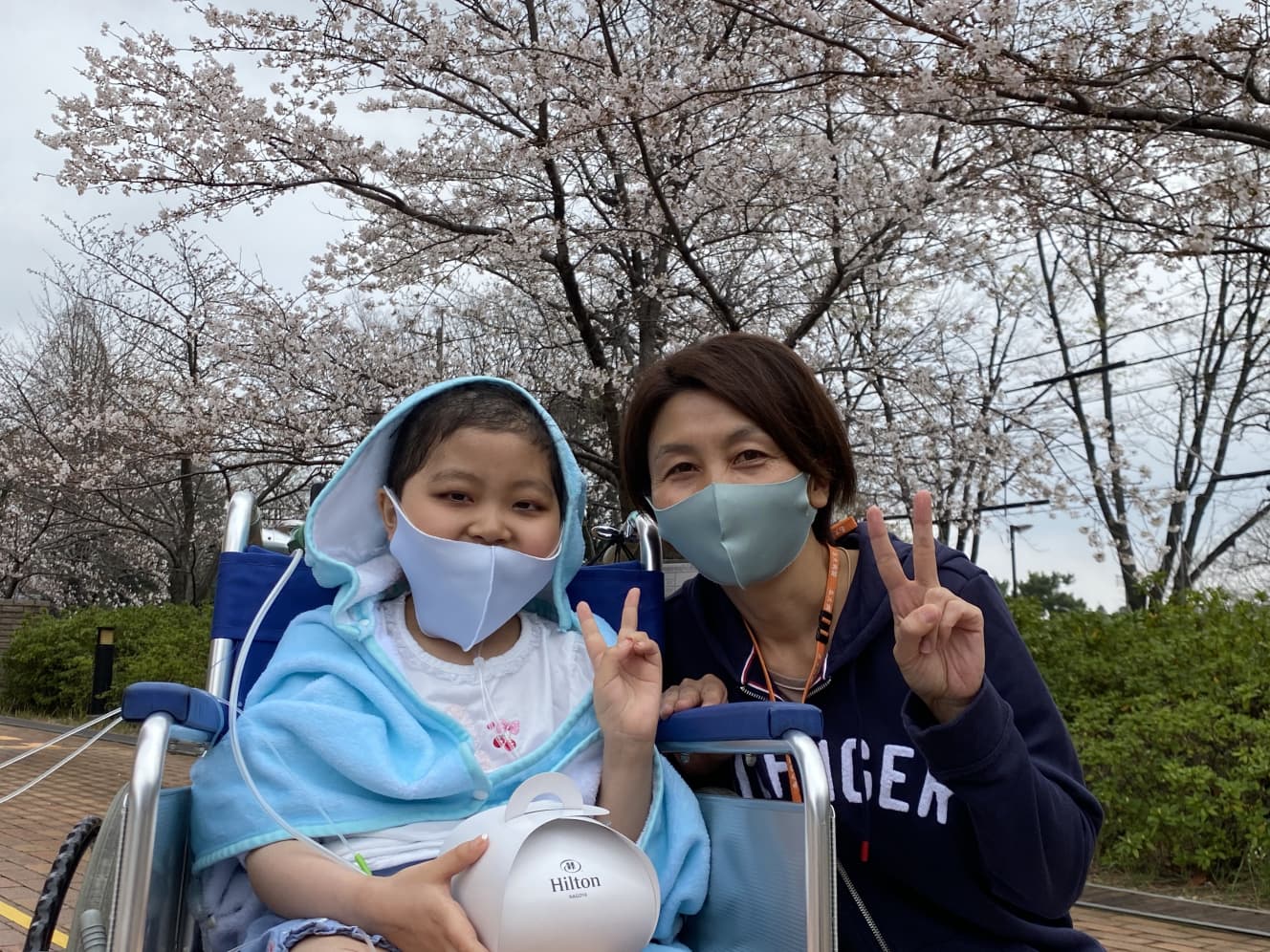
February 15 is International Childhood Cancer Day. In Japan, about 2,000 to 2,500 children are diagnosed with childhood cancer, and thanks to advances in medical treatment, 70 to 80% of them are now able to complete treatment, but there are still some children who die after fighting the disease.
In May ’21, I lost my daughter, Sachi, at the age of 9. She had leukemia.
Akiko Ando, who lost a child to cancer and is now working to establish a “Children’s Hospice” in Aichi, Japan, based on her own experience. Children’s hospice is a place where children with life-threatening illnesses or disabilities, their siblings, and their families can spend time together.
When I found out about the disease in January 2006, Sachi was in kindergarten, and I was in my sixth year of high school. Sachi was just 6 years old when she was in kindergarten. At the end of 2005, she started complaining of pain at the base of her leg, and we took her to a local clinic to have it checked out, but they could not find any abnormalities in the x-rays and could not figure out the cause. At the time, I had an athletic meet, so I thought that might be the cause. The pain still did not go away, and I went to a major hospital for orthopedics, but they could not figure it out.
I went to an emergency room and was prescribed cold medicine, but at that time I asked for a blood sample. I went to the emergency room and was prescribed cold medicine, and at that time I asked for a blood sample to be taken.
Looking back on that time, Mr. Ando says that his memory of the incident was so shocking that he cannot recall it.
The doctor looked at the numbers and said, ‘Mom, I think you have leukemia. It was really quite simple. So, to be honest, I had no idea what was going on. I knew the word leukemia, but it was so far removed from everyday life that it didn’t seem real. All I can remember is spending two nights in a local hospital and then riding in an ambulance to Nagoya University Hospital.
At the time, however, there was a clear goal of about six months, and Sachi was working hard to achieve that goal.
Sachi was told that she had a lucky type of leukemia that would go into remission after six months of hospitalization and a year and a half of outpatient anti-cancer treatment, and that if the disease did not recur for five years, she would be in remission.
Six months later, I was safely discharged from the hospital, but my test results were still too high, and I was readmitted to the hospital to do a clinical trial. I was hospitalized again because it was only for about a month, but it was decided that I needed a transplant and I was going to undergo a bone marrow transplant.
I was so desperate that I can’t remember what happened then. I guess I didn’t have time to think about how sad or difficult it was.
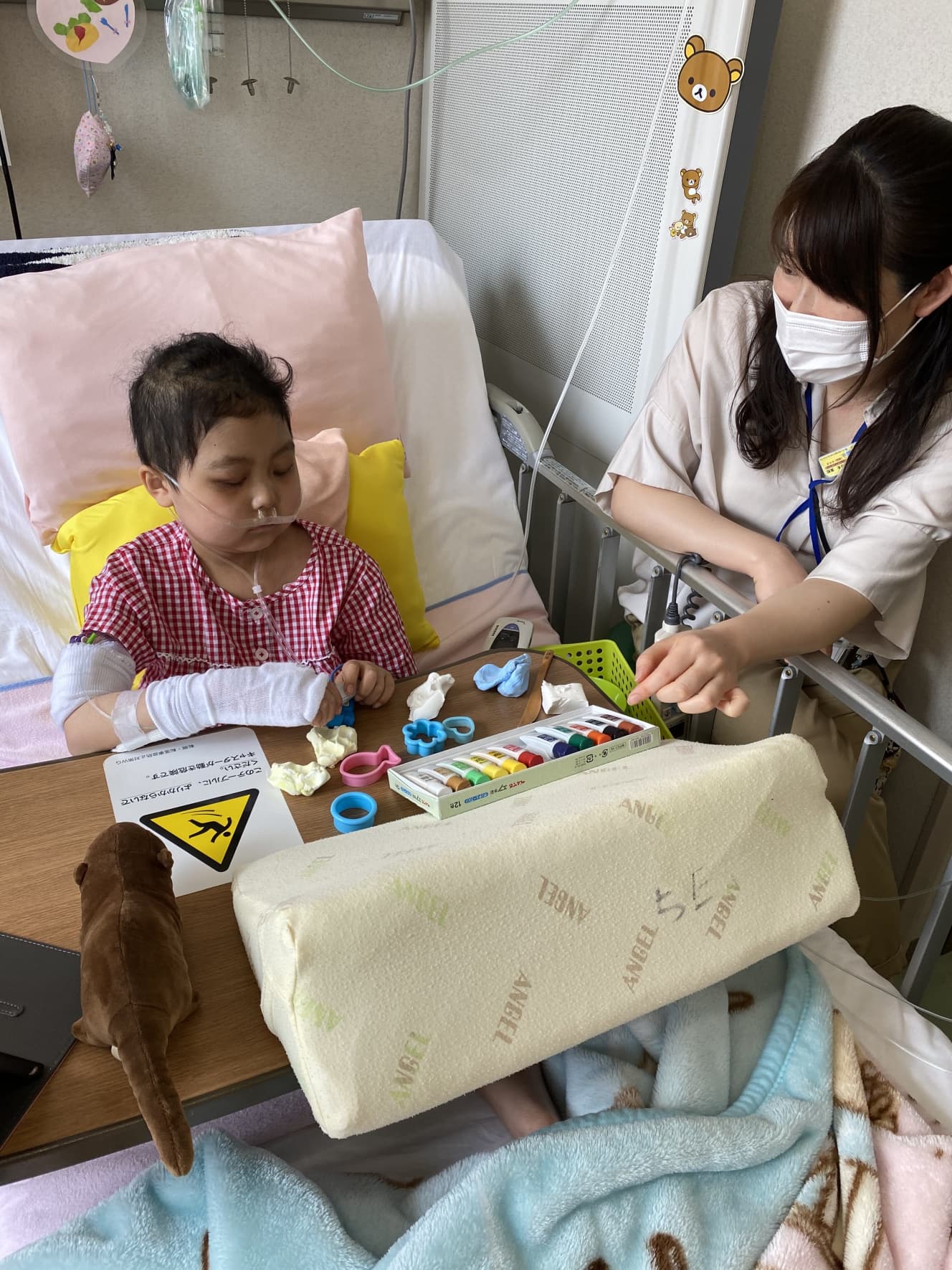
Long-term hospitalization for illnesses is not limited to the children themselves; it is commonplace for parents and their children to be hospitalized, and the adults accompanying them and their siblings can also become exhausted.
The COVID-19 crisis has made it impossible for the volunteers who come and go from the hospital ward to visit, and overnight stays are prohibited. Even the restrictions on the children and adults were even more severe than before. Children and adults alike gradually lost their composure and, before we knew it, there was not even much to smile about.
The child was saved by Miwa Sasaki, who works as a child life specialist.
Child Life Specialists, or CLSs for short, are specialists who support hospitalized children and their families.
Ms. Sasaki is able to express the child’s feelings exactly to the doctor. She tells the doctor how she feels about the pain and how she doesn’t like it, and then she talks to the child in person. Injections and tests are painful and scary. But if the doctor is there for you, that alone will make you feel better.
I have to have a bone marrow test every time I finish a course of treatment, and this is really a burden for both the patient and the family. Parents are not allowed to go in for the tests, but Mr. Sasaki was able to go in, which really put both Sachi and me at ease. We even checked Mr. Sasaki’s schedule every time as soon as we found out the schedule for the bone marrow test.”
In May 2007, the bone marrow transplant was a success, and Sachi was discharged from the hospital and able to attend elementary school.
At the time, I was so relieved that I was able to go back to elementary school. I believed that there was a bright future ahead of me with no more worries about a recurrence. Sachi also started school in October of her first year, and she seemed really happy. She had lost her hair, but she wasn’t ashamed of it, and her friends treated her normally, which was good. That was it.”
However, about six months later, in January 2008, he was hospitalized for the fourth time due to complications from a bone marrow transplant. By this time, the entire family was exhausted and in dire straits.
I understand that Sachi is going through a difficult time, but this has destroyed our family. Sachi’s three-year-old brother was preparing to take an entrance exam at the time, but my husband had to work, so there was a limit to how much I could follow him. My sister stayed with us from the summer and took care of all the household chores.
Even so, the sight of Sachi’s condition gradually worsening made each of us lose our composure. My husband and son started to fight fistfights and said they did not want to do school or take exams anymore, and we were having a hard time staying calm.
At that time, Mr. Sasaki’s presence was really great, and he listened to my painful feelings that I could not talk about with my family. He could sense it by the atmosphere and came to me and was there for me,” said Mr. Sasaki.
A few months later, Sachi had reduced her medication and was able to be monitored on an outpatient basis, but a bone marrow test was conducted as a precaution and it was discovered that her disease had relapsed. However, a bone marrow scan revealed that Sachi had relapsed.
I thought everything was over. I had undergone a bone marrow transplant to prevent a relapse, but I was hospitalized with a broken lung due to complications from the bone marrow transplant, and all at once I was overwhelmed with emotions, wondering why the relapse had occurred, whether I should not have undergone the bone marrow transplant, and whether our decision to undergo the bone marrow transplant was wrong. The mirror of my heart was broken into pieces.
I thought I could no longer move forward or do my best. I blamed myself for putting off until now what Sachi wanted to do, saying, “When she gets well,” or “When she gets out of the hospital. I felt that I had deprived Sachi of her precious time, and I felt sorry for her. I cried out “I’m sorry, I’m sorry” over and over in my heart. Of course I cried. Why am I working so hard? But Sachi said to me, “Mom, let’s work hard again.
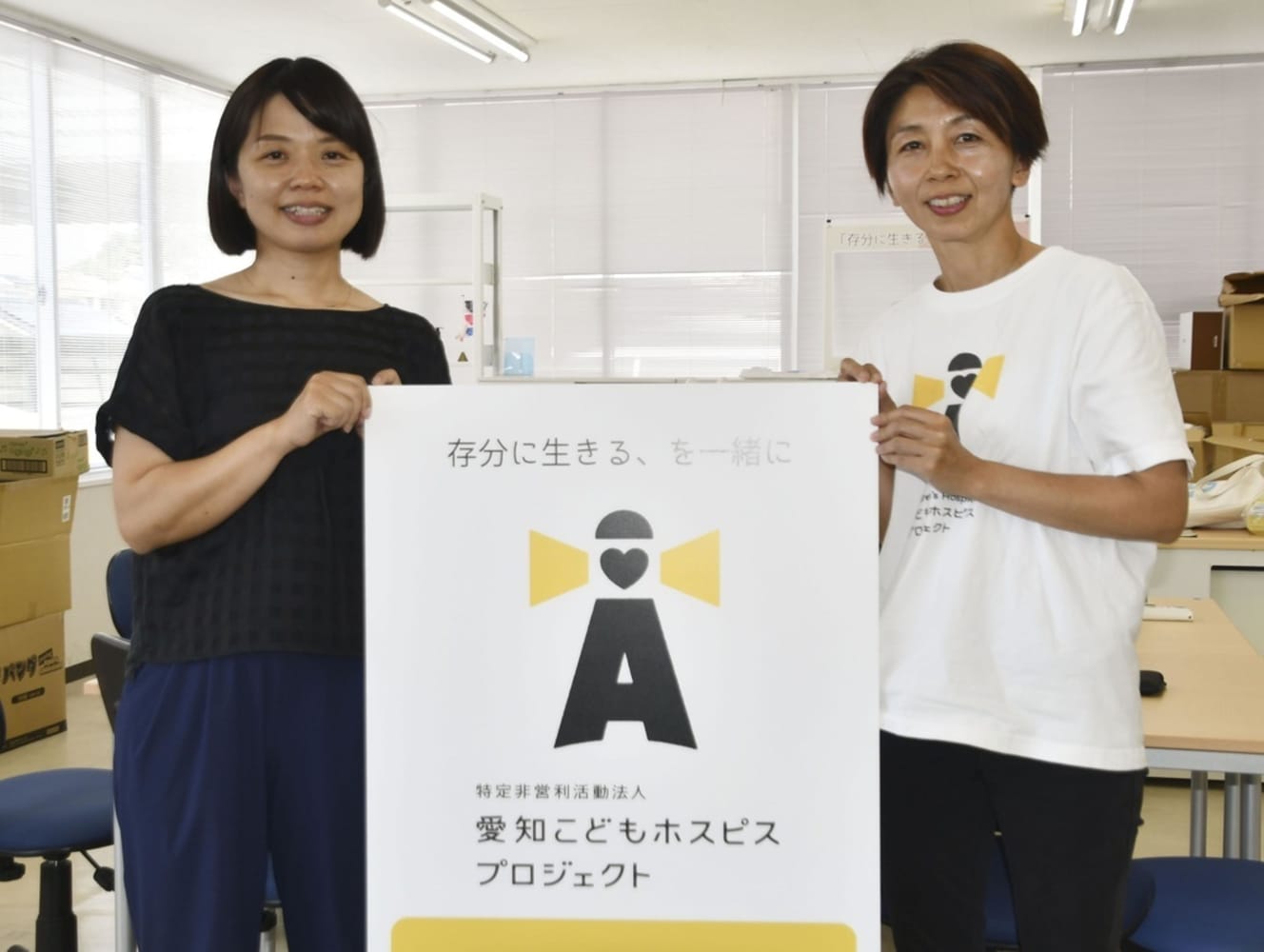
Six months later, Sachi’s condition became severe.
Sachi passed away in May ’21. Six months before, the doctor told me that she was in very severe condition, and eight days before, I went home as Sachi had wished. At the time, my feelings were a mixture of accepting the reality and believing in a miracle. I guess I was prepared for it somewhere. I dreamed about Sachi’s funeral, and I felt self-loathing about it,” he said.
Mr. Ando spent the remaining time of his life with Sachi so that he would have no regrets.
Before she passed away, she was restricted by the COVID-19 crisis, but I think she was able to create precious memories, such as playing with soap bubbles and making slime on the hospital grounds, and going out with her family when she was temporarily discharged from the hospital. I think I was able to do a lot of the things I wanted to do.
Sachi passed away on May 19, 2009.
Sachi passed away on May 19, 2009. “Even after that, Mr. Sasaki was very active. There are many of Sachi’s friends at the hospital. He thought of a way to let them know that Sachi was gone.
That was the planetarium.
She expressed the connection to the sky by having everyone watch the planetarium together in the hospital playroom, so that even the children could understand that the stars were guiding them and not pretending that Sachi had passed away.
What Sachi-san spun was her work to establish a children’s hospice in Aichi. Ms. Ando had never heard of hospices until Ms. Sachi passed away. There was no children’s care program in Aichi, where he lived, whose main purpose was to minimize the suffering of patients and their families whose deaths were imminent. Currently, there are only two community-based children’s hospices that are not affiliated with hospitals and are independent of the medical and welfare systems: one in Yokohama and the other in Osaka.
In addition to working toward the establishment of the Children’s Hospice, Ms. Ando is currently promoting events for children with life-threatening illnesses or disabilities and their siblings and families, with the support and cooperation of various companies and individuals.
Through Sachi, I have learned the importance of Children’s Hospice, so I will spend the rest of my life working for this cause, and someday when I meet Sachi, I will say to her, ‘Mom, you have done a lot of hard work since then, haven’t you? I hope that someday when I meet Sachi, I will be able to say to her, ‘Mom, you have done a lot since then, and thank you for supporting me so much and living with me.
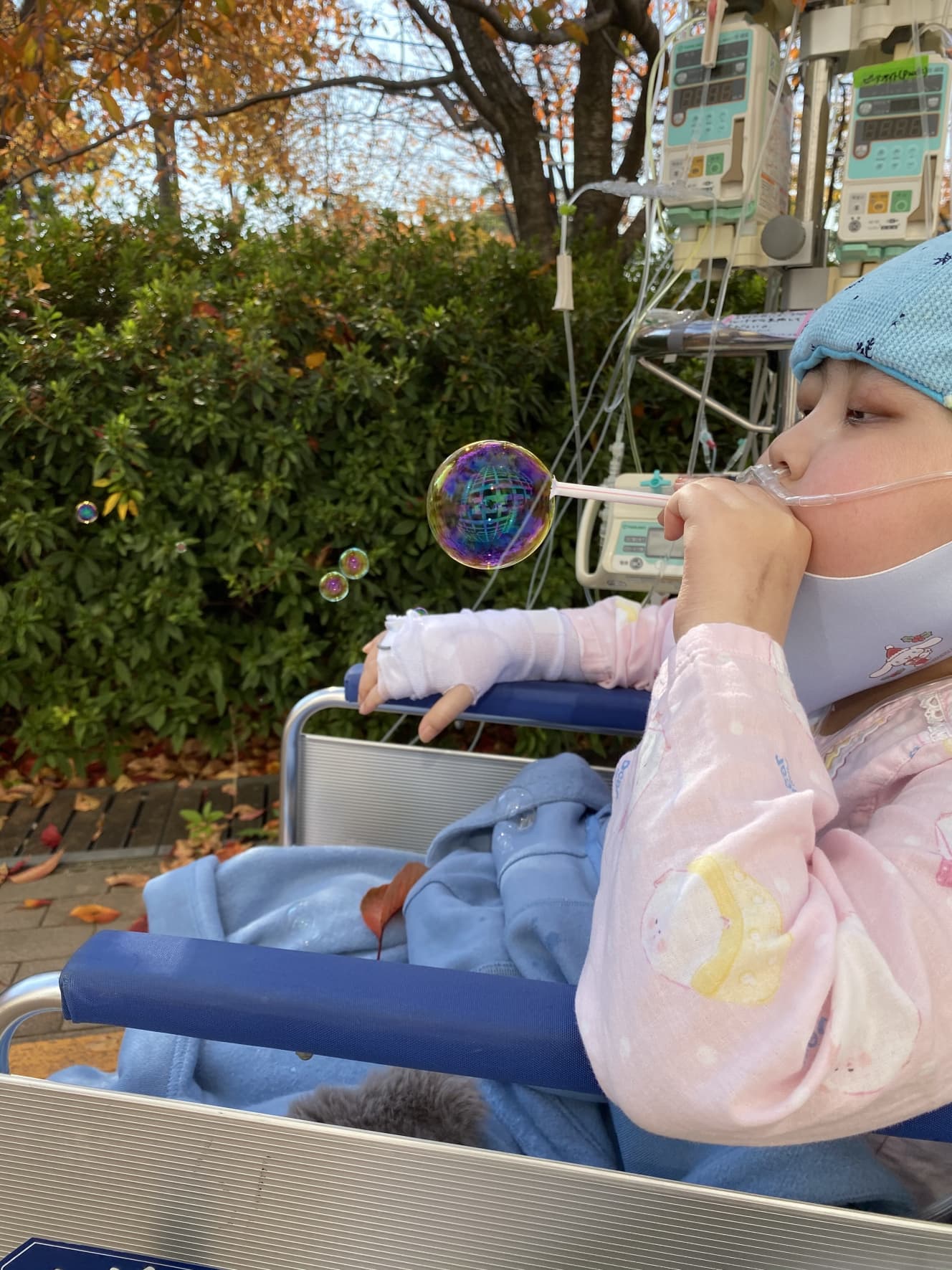
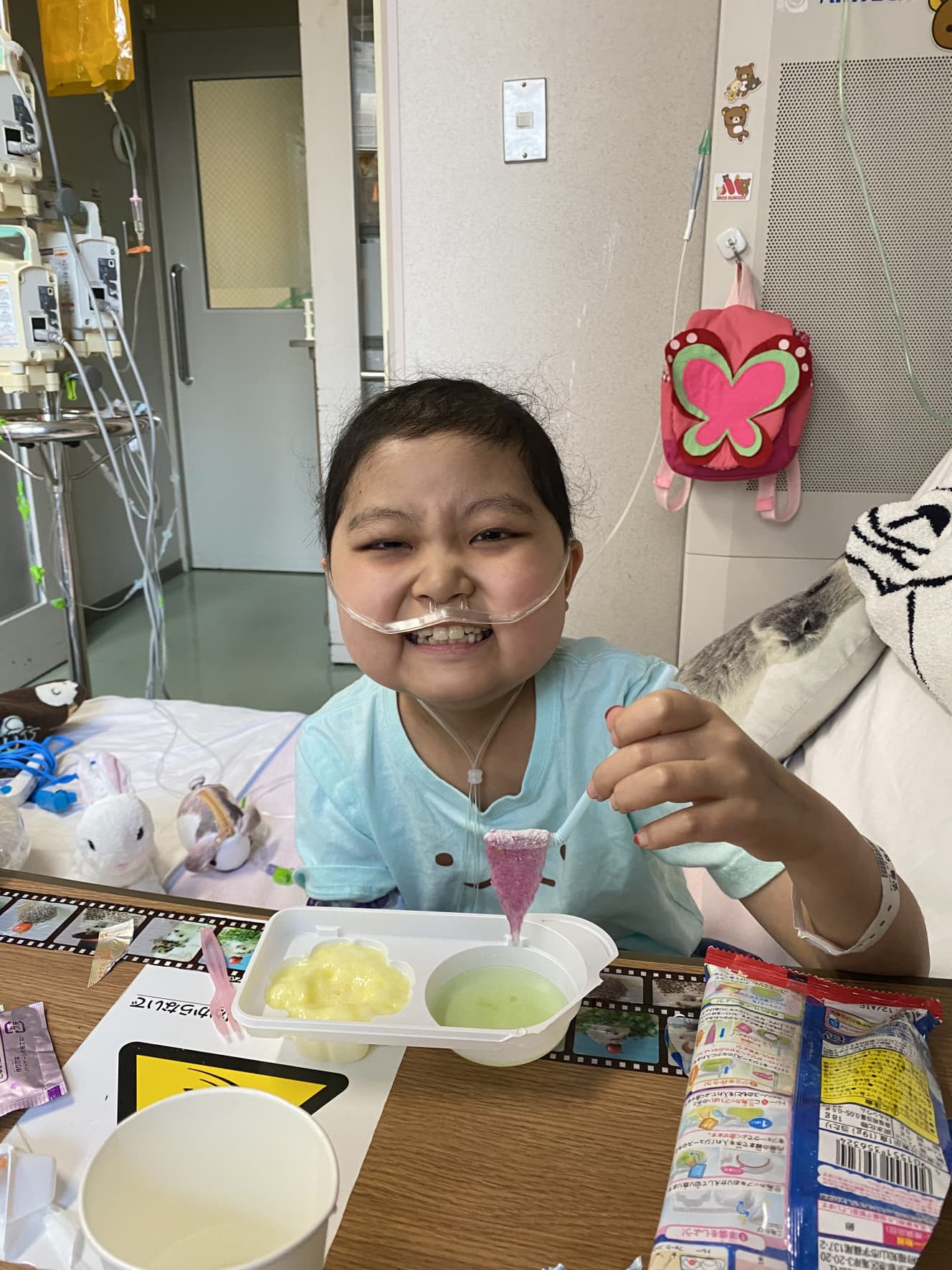
Interview and text by Miho Nakanishi: Miho Nakanishi
Nonfiction writer and representative of NPO Third Place. Formerly a reporter for a weekly magazine. After receiving twins through fertility treatment, she found out that her second son had a disability. Drawing on her own experiences, she focuses her reporting on assisted reproductive technologies, pregnancy, childbirth, childcare, disabilities, and welfare. Twitter (@thirdplace_npo)
PHOTO: Courtesy of Ms. Ando (1st, 2nd, 4th, and 5th pictures) Kyodo News (3rd picture)